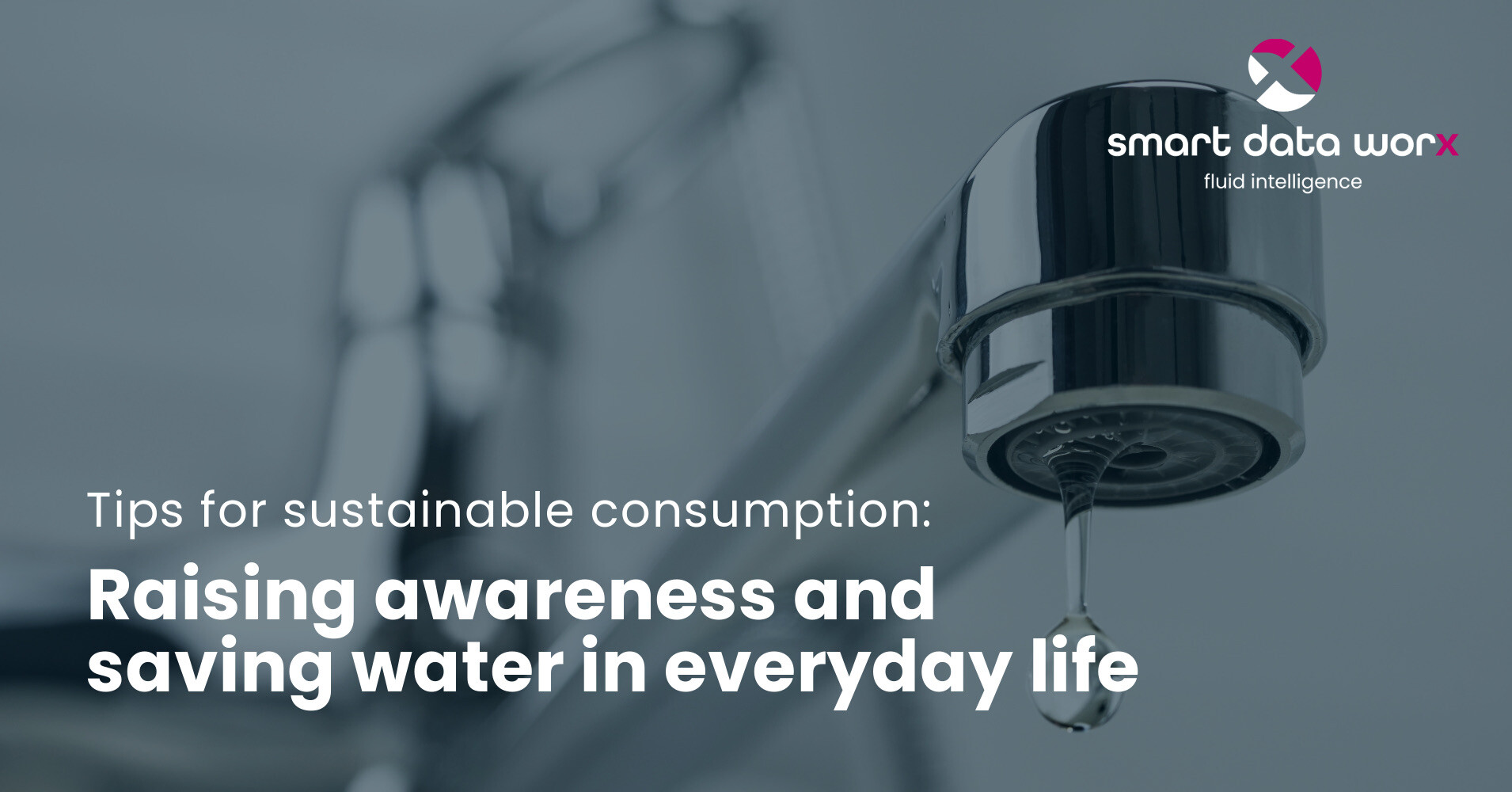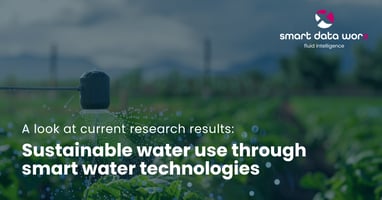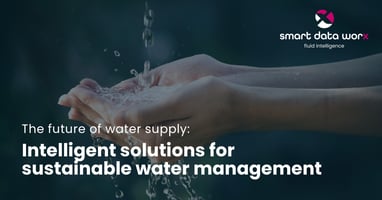The sustainable use of water resources has become a key challenge in view of global environmental...
Tips for sustainable consumption: raising awareness and saving water in everyday life

Water is one of the most precious resources on our planet, yet we often take it for granted. In view of climate change, a more conscious approach to water is required. First of all, water is a limited resource. Although around 70 per cent of the earth's surface is covered with water, only a very small proportion of this can be used as fresh water. The growing world population and rising demand are increasing the pressure on this resource. Pollution and over-utilisation are already leading to water shortages in many regions. This also leads to considerable environmental pollution, as the extraction, treatment and distribution of water is very energy-intensive and therefore increases greenhouse gas emissions and environmental pollution. Conscious use of water not only conserves resources, but also contributes to climate protection.
The importance of sustainable consumption for water protection
EIt is important to rethink our consumption habits and make them more sustainable. The production of many consumer goods requires large quantities of water, which is often drawn from regions where water is scarce. This so-called ‘virtual water consumption’ remains invisible to most consumers.
By critically scrutinising our consumption, reducing it to what is necessary and paying attention to the water footprint when selecting products, we can make an important contribution to water conservation. Here are some examples of sustainable consumption:
- Favour seasonal and regional foods: buying seasonal and regional foods helps to reduce the high water consumption in the growing regions of imported products.
- Choose clothing and textiles consciously: When buying clothes and textiles, look for sustainable materials such as organic cotton or recycled fibres, as the production of cotton is particularly water-intensive.
- Choose electronic devices and household appliances with high energy efficiency: A lot of water is also used in the production of electronics and household appliances, which is why choosing energy-efficient models is beneficial.
- Promote recycling and reuse: By recycling products and materials, you can reduce the need for new resources and therefore water consumption in production.
Tips for reducing your personal water consumption
Each of us can help to save water and protect the environment by making simple changes to our everyday behaviour. Here are some practical tips on how you can reduce your personal water consumption:
- Conscious laundry washing: Load the washing machine fully and use eco programmes to save water and energy.
- Repair leaking pipes: Even small leaks waste a lot of water in the long run - check pipes regularly and have them repaired immediately.
- Conscious use of water in the kitchen: For example, rinse vegetables in a bowl instead of under running water. Also, only use the dishwasher when it is fully loaded.
- Showering instead of bathing: Showering instead of bathing can save at least 90 litres of water per use.
- Install water-saving taps: Water-saving fittings such as low-flow shower heads or aerators for your taps reduce consumption without any loss of comfort.
- Turn off the water when brushing your teeth and shavin: Turn off the tap when brushing your teeth or shaving and only use the amount of water you need.
- Collect rainwater: Use rainwater from barrels or tanks for watering the garden
Technological solutions for saving water
In addition to behavioural changes and sustainable consumption, technological solutions can also contribute to saving water. Innovative technologies are already being used in many areas, the development and implementation of which may involve investment, but which contribute to securing the water supply and conserving scarce resources in the long term.
Greywater use: Greywater is water already used from showers, washbasins and washing machines that can be reused after treatment for certain purposes such as flushing toilets or watering gardens. The use of grey water can significantly reduce fresh water consumption.
- Intelligent irrigation systems: Intelligent irrigation systems are increasingly being used in agriculture and horticulture to precisely determine the water requirements of plants and control irrigation accordingly. In this way, water is used efficiently and waste is avoided.
- Water-saving industrial processes: Industry is increasingly using technologies that minimise water consumption in production processes. These include, for example, closed water cycles in which the water is treated and reused after use.
- Seawater desalination: In regions with scarce freshwater resources, seawater desalination is becoming increasingly important. By using modern desalination plants, seawater can be converted into drinking water to cover the demand for fresh water.
- Digital water management systems: With intelligent sensors and data analysis systems, water suppliers and industrial companies can precisely monitor and optimise their water consumption and possible leaks in pipes.
Creating awareness: Making water consumption visible
An important aspect of raising awareness of water conservation is visualising consumption. We often do not consciously realise our daily water consumption as we take it for granted. However, by recording and visualising consumption, we can develop a better understanding of the quantities and identify potential savings.
Here are some ways to visualise water consumption:
- Read the water meter: Read your water meter regularly and make a note of your consumption. This will give you an overview of your actual water consumption and make it easier for you to understand any savings.
- Use digital consumption displays: Digital displays show water consumption in real time and warn of unusually high consumption and possible leaks.
- Visualise water consumption: Visualise your water consumption with diagrams, for example, to better identify trends and fluctuations and adjust accordingly.
- Make comparisons: Compare your water consumption with other households or companies to incentivise reductions.
- Support awareness campaigns: Support awareness campaigns to sensitise the public to saving water.
If we visualise our water consumption, we can use this valuable resource more consciously and make targeted savings.
Tip: Install a water meter or use an app to track your consumption precisely. This will give you a realistic picture of your water consumption and allow you to take targeted savings measures.
The role of companies in saving water
In addition to private households, companies also play a decisive role in saving water. In many industries, large quantities of water are required for production processes, cooling or cleaning. By saving water, companies can not only make a contribution to environmental protection, but also save considerable costs.
This is how companies can save water:
- Optimisation of production processes: Companies can significantly reduce their water consumption through process optimisation, reuse and water-saving technologies.
- Water-saving sanitary facilities: In office buildings and production facilities, water-saving taps and toilet flushes can significantly reduce water consumption.
- Rainwater utilisation: Companies can collect rainwater in tanks and use it for irrigation or cleaning.
- Employee training: Companies train their employees to raise awareness of water conservation and achieve savings.
- Water management systems: Intelligent water management systems enable companies to monitor water consumption in real time, detect leaks at an early stage and optimise them in a targeted manner.
In addition to ecological benefits, saving water also offers companies economic incentives. It reduces the costs of water supply and disposal and at the same time improves the company's image, which in turn strengthens customer loyalty.
Long-term benefits of saving water in everyday life
Saving water in everyday life has many positive effects - not only for the environment, but also for our wallet and our quality of life. Here are some of the long-term benefits:
Ecological advantages:
- Conservation of scarce water resources
- Reduction in energy consumption for water treatment and transport
- Reduced water pollution from waste water
Financial benefits:
- Lower water costs due to lower consumption
- Savings on energy bills due to less hot water consumption
- Lower costs for waste water disposal
Personal advantages:
- Contribution to environmental protection and sustainability
- Raising awareness of the responsible use of resources
- Opportunity to serve as a role model for others
Saving water in everyday life contributes to the future of our planet and at the same time we benefit from the many advantages ourselves.
Tip: Invest in water-saving taps and appliances. The purchase costs can quickly be recouped through savings in running costs.
Conclusion
Water is a valuable resource that we must protect. We can make a significant contribution to the environment by consciously analysing our water consumption and implementing concrete savings measures. Each of us can make a difference - as can companies, which should also take responsibility. Only together can we meet the challenge of water conservation. Let's take responsibility together and use and conserve water sustainably - for a sustainable and resource-conserving world.


